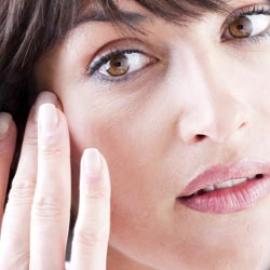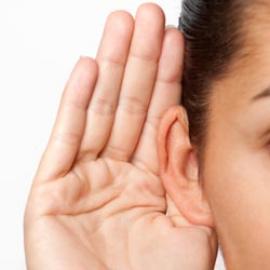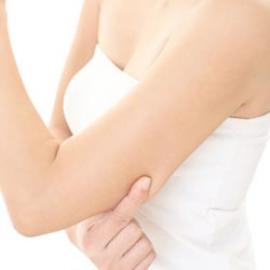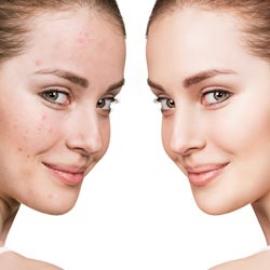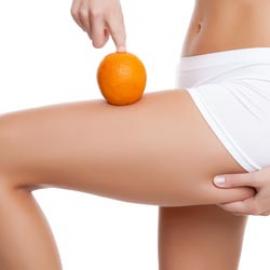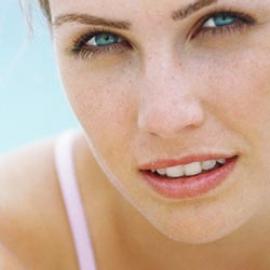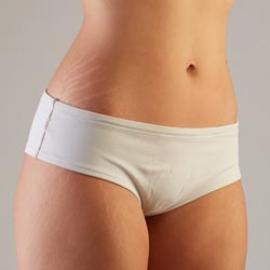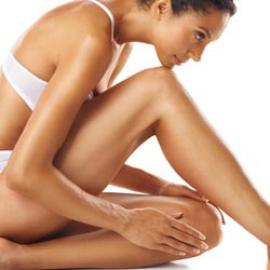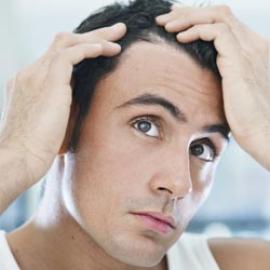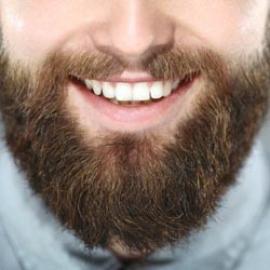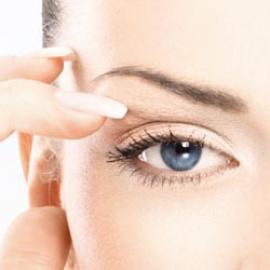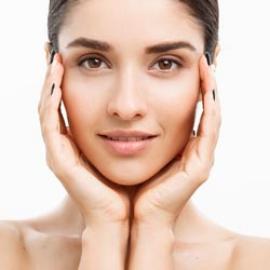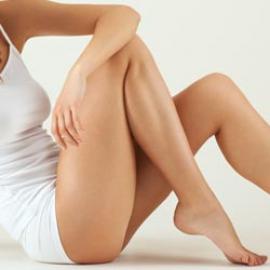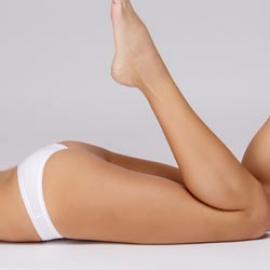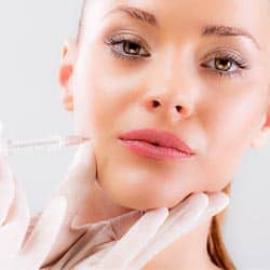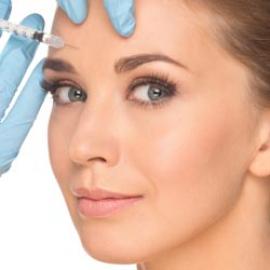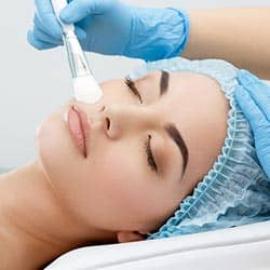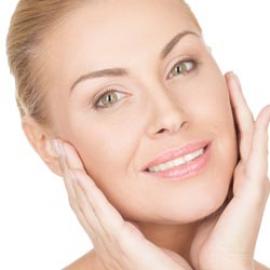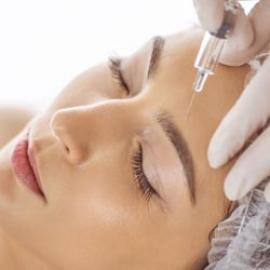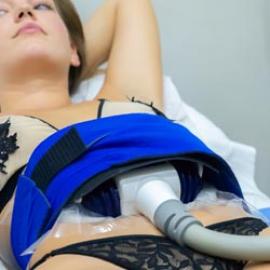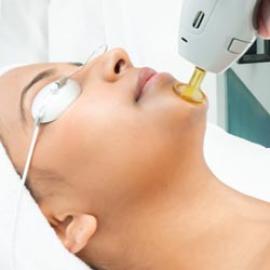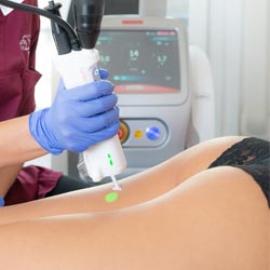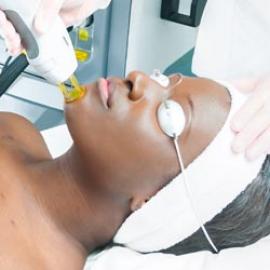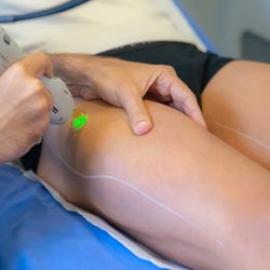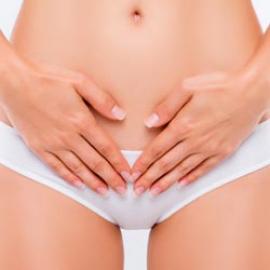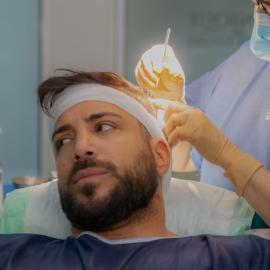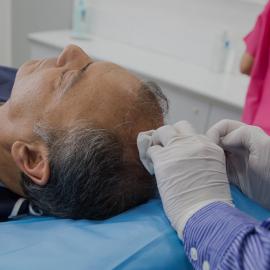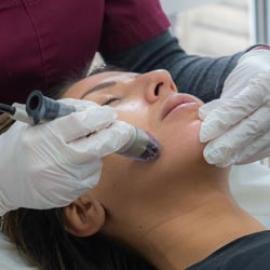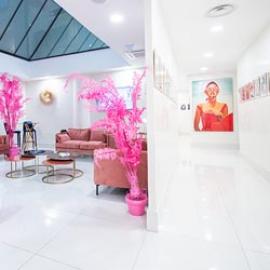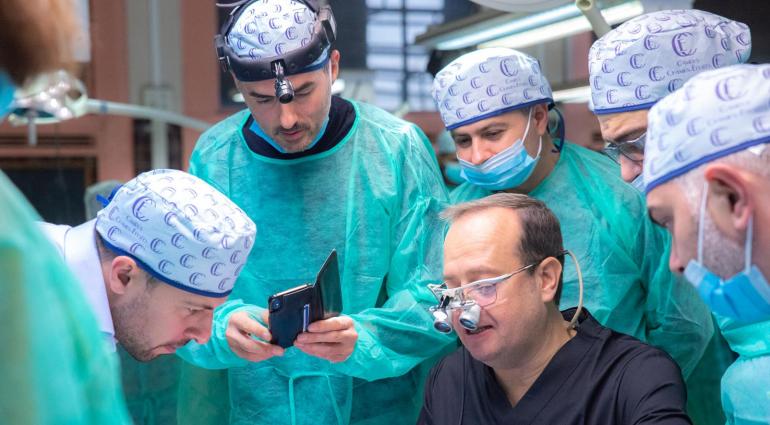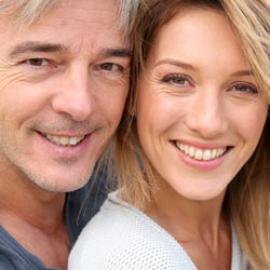
If the beauty and youthfulness of the skin is often discussed in magazines, most of the time they only describe a few tricks to mask the symptoms of aging.
This is not the spirit of aesthetic medicine, where two factors remain essential as for any medical act: a good diagnosis and a good prevention. In aesthetic medicine, the skin is regarded as an organ on its own, so the beauty and youthfulness of the skin goes far beyond the esthetic framework alone: it is a systemic approach that intends to prevent the causes and correct the symptoms. Maintaining a young skin means first and foremost keeping the skin functional.
Understanding how to preserve the youthful beauty of the skin presupposes a good understanding of the origins of its youthful qualities.
It is a beautiful firm skin
It's the collagen fibers of the dermis that grant the skin its firmness and part of its tone. These very resistant proteins are formed by the fibroblasts that are the "factory cells" of the dermis. When cellular activity decreases, the supply of collagen decreases in quantity and quality, resulting in less firm and less toned skin. This is how skin slackening progresses, because the skin stretches under the effect of gravity.
It is a young and supple skin
Beautiful skin is contoured and full: it is related to the hydration of the dermis and the presence of hyaluronic acid. This macromolecule acts as a chemical sponge, capable of fixing up to 1000 times its weight in water. The larger the hyaluronic acid "sponge" is, the more supple and curved the skin is.
Poorly hydrated skin (dermis) and dry skin should not be confused (epidermal film with a lipidic surfactant of poor quality).
It is an elastic skin
The youthfulness of the skin is also defined by its elasticity, without skin folds: it is linked to the presence of special protein fibers called elastin fibers. They are also found in the connective tissue that surrounds the muscles of the skin or SMAS aponeurosis (Superficial Muscular Aponeurotic System).
The elastic and young skin is not creased or wrinkled, because it instantly regains its tension at the slightest fold of the skin.
It is a luminous and radiant complexion.
Young skin is characterized by a radiant and radiant look.
This radiance of the skin is a homogeneous reflection of the light and therefore a very regular and smooth texture of the skin. The smoother the texture of the skin, the brighter the skin.
What is skin aging?
Cell metabolism that shifts with age will affect both fibroblasts (dermis cells) and melanocytes (cells that produce melanin pigments). How do fibroblasts participate in skin aging?
Fibroblasts are the conductors of all the elements of the dermis.
The alteration of hyaluronic acid synthesis results in a less hydrated dermis, resulting in a skin that loses its radiance.
Above all, however, it will lose volume, causing wrinkles where the epidermis collapses because the underlying support tissues have softened. This is how the nasolabial fold is created, which gives a severe or tired look to the lower face.
This loss of volume also tends to cause the skin to become thinner: in places where it is already naturally thin (eyelids, hands...), it can become "transparent", exposing bony areas or veins: this is the skeletonization of the hands or dark circles. This loss of volume eventually hollows out the face, for example, on the forehead or in the temples.
The alteration of the collagen fibers results in a less toned and firm skin, which causes the skin to slacken. Under the effect of gravity, the tissues stretch, with skin sagging and volume shifting, as can be seen on the ptosis of the eyebrow or the sagging of the oval of the face giving an inverted V shape.
Skin folds may fall down in the shape of a baleen on the neck or arm (bat-like arms).
If the sagging skin is significant and coupled with excess skin, cosmetic medicine must give way to surgery with a facelift technique.
The alteration of the elastin fibres implies that the skin or connective tissue will keep the persistent folds. This is the mechanism of dynamic wrinkles, which comprise the hypercontraction of the muscles of the skin with the loss of the elastic fibers of the skin and SMAS. These expression wrinkles primarily affect the upper part of the face (forehead wrinkles, frown lines, crow's feet...) and give you a severe, weary or worried expression.
How do melanocytes affect the youthfulness of a skin?
Melanocytes tend to collect melanin pigments with age: thus age spots or brown spots (lentigos) appear, causing the skin to lose its radiance and luminosity.
What are the key elements for keeping a young skin?
Your aesthetic doctor at the Clinique des Champs Elysées will carry out a diagnosis to recommend the best strategy.
A facial check-up is then possible.
Stimulate your spontaneous rejuvenation;
These methods presuppose that the skin is still of good quality, in order to take advantage of its natural capacity associated with normal healing (self-healing of the skin). Medical LED phototherapy, medical waves, tissue inducers, medium peeling, lasers or growth factor injections therefore use these cell renewal features via stem cells and growth factors injected or induced.
Remove the signs of aging
Your aesthetic doctor can erase superficial imperfections with a vascular laser, cryolipolysis, injections of hyaluronic acid or botulinum toxin, a gentle peeling, a facelift without surgery... It is a set of techniques to smooth wrinkles and regain soft skin.
Restore the volume of your face
To reconstruct volumes, the physician chooses a resorbable filler, either alone (hyaluronic acid injections) or in combination with tissue inducers.


